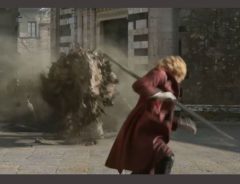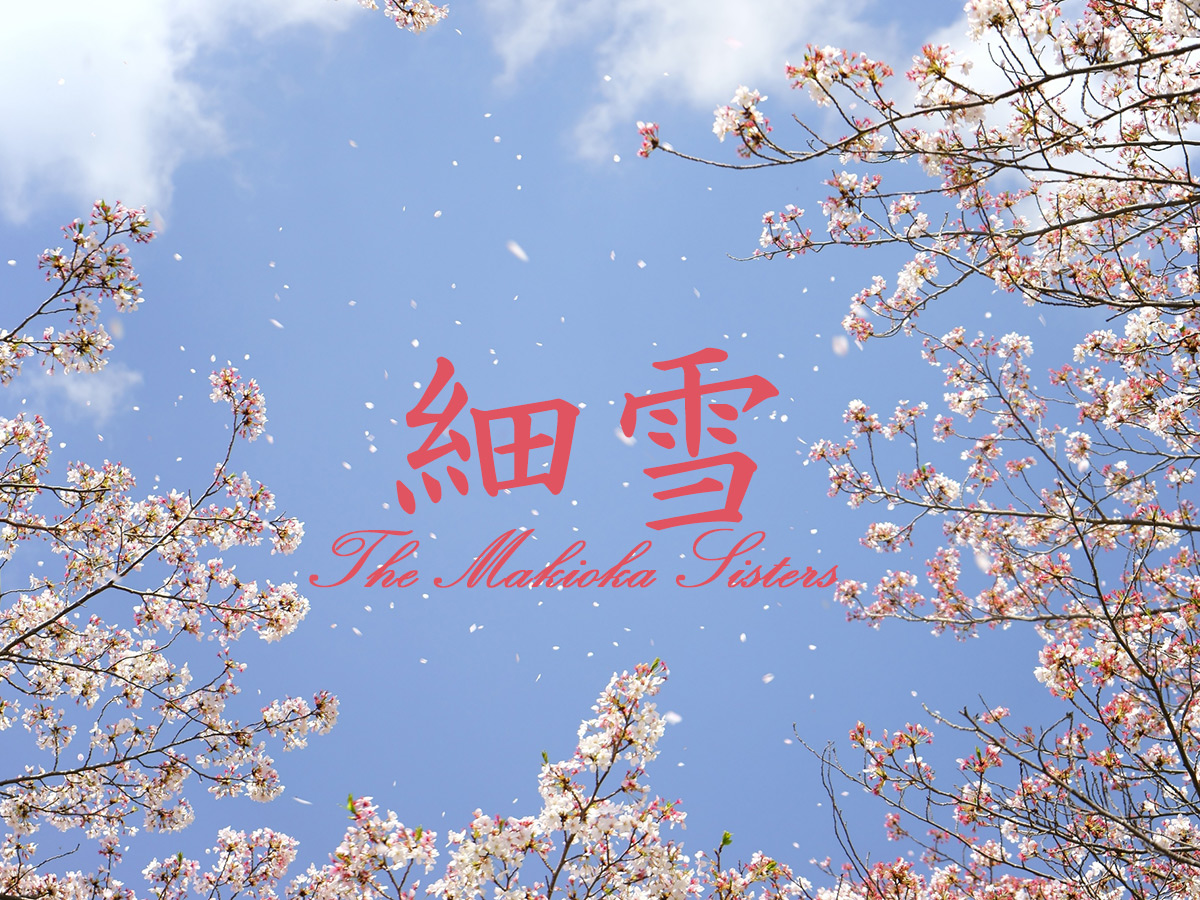- Tags:
- Film / film screening / Junichiro Tanizaki / Kon Ichikawa / Movie / Sasameyuki / The Kyoto Institute / The Makioka Sisters
Related Article
-

The New ‘One Piece’ Movie Has Grossed Over 15 Billion Yen – Behind the Scenes of Its Success
-

Official Teaser Trailer For Fullmetal Alchemist Live Action Movie Released
-

It is now official! The SLAM DUNK movie will be released in Autumn 2022!
-

Ippudo Serves Cleverly Named Black Ramen In Promotion For “Men In Black: International”
-

In the UK? Experience Japan this Spring at the Japan Foundation Touring Film Programme
-

Otaku Coin: The Cryptocurrency That Could Save the Otaku Industry – Interview (Part 1)



Film Details
A film screening at the Kyoto Institute
I had the chance to see a special screening of Kon Ichikawa’s “The Makioka Sisters” (originally released in 1983) with English subtitles at Kyoto Institute, Library Archives on December 3rd. Tickets were free, but limited to 450 seats. Luckily, I arrived early because there was already a queue of 200 plus Kyotoites waiting eagerly for their tickets.
To be honest, I felt a bit out of place. For one, I was the only Westerner there. Two, there was the age gap. So, as I do when I feel tense, I chatted with some of the people around me. One older woman told me it was her first time seeing the movie and was dragged along by her friend who, upon realizing I could speak some Japanese, lit up and excitedly recounted her first time seeing the film nearly 35 years before. She was clearly delighted to see a foreigner interested in a historical film like The Makioka Sisters.
Shintōhō [Public domain], via Wikimedia Commons
For illustrative purposes, here is an image from an older film adaptation by Yutaka Abe in 1950.
Every year the four Makioka sisters gather in Kyoto to view the cherry blossoms. The film follows the daily lives and concerns of the family living in Osaka during the pre-World War II period. Tsuruko, the eldest sister and heiress to a dwindling fortune, lives in her family’s home and is emotionally detached from her younger sisters throughout the film as she struggles with marriage issues and upholding her family’s reputation.
Sachiko indulges her two younger sisters, who live with her and her husband. She shoulders the responsibility of finding suitors for both Yukiko, who turns them all down, and Taeko, who is free-spirited and follows her own whims.
Viewers slip into the past and get a feel for the Showa period, where family ties and reputation were held in highest regard. And through both the change of the seasons and the contrasting personalities of the four sisters, the old traditions of the Showa period are juxtaposed with the inevitable arrival of war and a new age. But youngest sister Taeko challenges the times and her family by running away with her lover and stubbornly pursuing her own goals, ignoring her family’s wishes.
The film opens on a rainy spring day with cherry blossoms in full bloom.
The Japanese title Sasameyuki, literally "lightly falling snow," suggests falling cherry blossoms in early spring, the sight of which was believed by ancient poets to resemble snow. This is a common symbol of impermanence, which is a recurring theme in the story.
Viewers catch a snapshot of Showa era life inside dimly lit traditional Japanese houses and the Makioka sisters, beautiful as they are, wearing only the finest kimonos. Once again Taeko stands out with her western dresses, long, billowing hair, and her tobacco habit. Shot with 35 mm, it’s easy to say the film doesn’t disappoint, visually speaking.
The film is an adaptation of the novel of the same name by Junichiro Tanizaki, which was based on his experiences living in Ishoan, his house in Kobe beside the Sumiyoshi River where he lived with his wife Matsuko and her sisters.
Ishoan | 663highland [CC BY-SA 3.0], via Wikimedia Commons
Director Kon Ichikawa’s frequent use of extended close-up shots clearly show us what the sisters are feeling, akin to the secret glimpses inside a character’s head often communicated to those reading a novel. This is particularly true for Yukiko. Although she comes across as withdrawn and stoic in the public eye, she takes on an almost mischievous sensuality, especially when she is alone with her older sister’s husband.
Viewers around me seemed to get a kick out of the interactions between the Makioka family and their servants, telling them to bug off in thick Kansai accents. And a bit of exaggerated acting helped transmit the sarcastic conversational edge where the English subtitles couldn’t.
For me, Taeko perfectly captured the modern Japanese woman and revealed the drastic social changes headed for Japan after World War II. Social classes have mixed, men and women date casually, and for most, kimonos are now only limited to a few special occasions a year. The film may not pull on the viewer’s heartstrings or involve us psychologically, but rather serves to remind us of a time in Japan that came before.
For more details on the film and information on how to view it on Amazon Prime, see the entry on IMDb